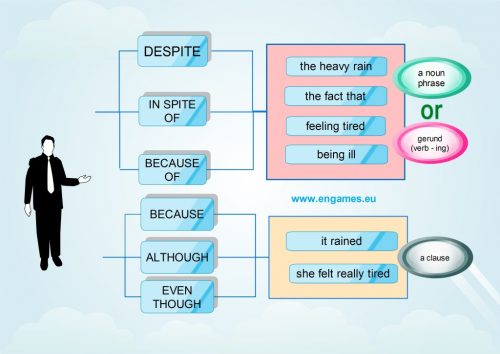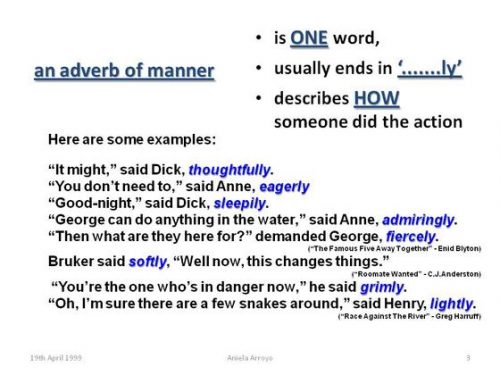 Semicolons are a form of punctuation. They act as a middle ground between the period and the comma. They can be used as a form of super-comma, acting like a comma would in cases when it’s difficult to use a regular comma, and they can also bring together two related independent clauses. In English, they are put directly after a word and there will be a space afterwards. It is not common to capitalize the word directly after the semicolon unless it would be capitalized regardless of placement in the sentence.
Semicolons are a form of punctuation. They act as a middle ground between the period and the comma. They can be used as a form of super-comma, acting like a comma would in cases when it’s difficult to use a regular comma, and they can also bring together two related independent clauses. In English, they are put directly after a word and there will be a space afterwards. It is not common to capitalize the word directly after the semicolon unless it would be capitalized regardless of placement in the sentence.
The most common use is to divide items in a list, especially when the items in the list need to have commas in them. For example, when listing a city and country, it is common to have the city name, followed by a comma and the country name. Given that commas are also used for lists, this can be somewhat confusing.
“He was interested in visiting Lhasa, Tibet, Algiers, Algeria, Paramaribo, Suriname, and Monrovia, Liberia.”
If only commas are used, then they all look like separate items in a list if someone does not know what the cities and countries are. With semicolons, the pairs of city and country can be separated from each other, making it easier to understand.
“He was interested in visiting Lhasa, Tibet; Algiers, Algeria; Paramaribo, Suriname; and Monrovia, Liberia.”
The semicolon is also helpful in lists where the items are longer and require elaboration. If the list needs to be
more detailed, the items in the list might require commas. This means that it’s a good idea to use semicolons to separate them.
“We needed three things: a lantern, lit with a green flame; a strong, sturdy rope; and five pounds of pasta.”
Essentially, when one or more items in a list uses a comma, then semicolons should be used to keep the list separate.
The next most common use is to bring together two independent clauses.
“I like dogs. He prefers cats.”
Those two sentences are independent clauses, since they can stand on their own. Because they are related, they can be merged into a single sentence. There are two ways to do this. The first way is with a comma and a conjunction.
“I like dogs, but he prefers cats.”
The other is with a semicolon.
“I like dogs; he prefers cats.”
There are a few reasons to do this. If the sentences seem to be unrelated, then merging them with a semicolon or a comma and conjunction will enforce their connection.
“I did not want to mow the lawn; it looked like it would rain.”
Most of the time, this is not used with a conjunction or a phrase designed to make the transition, but it is possible to see it.
“She had three loaves of bread; however, one loaf had not risen.”
While the above sentence is technically correct, it would be more common to see it written as two separate sentences.
Sometimes, though rarely, a semicolon will be used with a dialogue tag that appears between a single sentence in a person’s dialogue.
““I didn’t much care for it,” he said; “because I don’t like eating food that is alive.””
Because the same person is continuing the sentence after the dialogue tag, there is a semicolon on the end to indicate that it is not a full stop. Most of the time, however, the dialogue tag will come after the full sentence and not in the middle.
To summarize, a semicolon is most often used in a list when the list includes items that use a comma. After that, it is used to bring two sentences together to make them look more connected. Finally, it will sometimes be used to continue dialogue after a dialogue tag that comes between two parts of a sentence.












Leave a Reply